
👉Up next, we are excited to welcome @sbe.bsky.social for our next CCP Speaker Series talk! Join us THIS FRIDAY, December 5th, at 1pm EST
RSVP HERE for more details: docs.google.com/forms/d/e/1F...
@sbe.bsky.social
News & Views on Brain mapping | Machine-Learning | Translational Neuroscience. And triathlon Director INM-7 FZ Jülich; Professor for Systems Neuroscience HHU Düsseldorf

👉Up next, we are excited to welcome @sbe.bsky.social for our next CCP Speaker Series talk! Join us THIS FRIDAY, December 5th, at 1pm EST
RSVP HERE for more details: docs.google.com/forms/d/e/1F...
✨ New preprint ✨
Introducing cuBNM, a toolbox we developed to run brain simulations *much* more efficiently on GPUs 🎉🚀
Preprint: www.biorxiv.org/content/10.1...
Documentation: cubnm.readthedocs.io/en/stable/
GitHub: github.com/amnsbr/cubnm
1/n 🧵

✨ SHINY NEW PAPER ✨
Sleep-disordered breathing is associated with higher Aβ burden, lower rFDG, and worse cognition in Alzheimer's Disease.
@sbe.bsky.social
www.sciencedirect.com/science/article/pii/S0197458025001034

Excited to see this work published in @natcomms.nature.com! 🧠📊 In-vivo evidence of E/I alterations underlying functional changes in individuals with autism in the large ABIDE1 dataset AND replication in the independent ABIDE2 dataset.
17.09.2025 12:27 — 👍 9 🔁 3 💬 1 📌 0
New preprint from stellar IRTG PhD student Amelie Rauland + team on white matter bundle reconstruction! Shows that WM bundles can be reliably extracted from simple 32-direction dMRI & features predict cognition - huge potential for legacy and clinical data. Thread 👇
www.biorxiv.org/cgi/content/...


The end of a PhD journey 🎓 What a ride - full of lovely people, exciting science, coding tunnels, coffee-brainstorms & amazing conferences! Whole-hearted thank you to all who shared the journey & celebrated with me - especially @sofievalk.bsky.social, @sbe.bsky.social &@mps-cognition.bsky.social 💐🥳❤️
25.08.2025 19:23 — 👍 24 🔁 2 💬 1 📌 1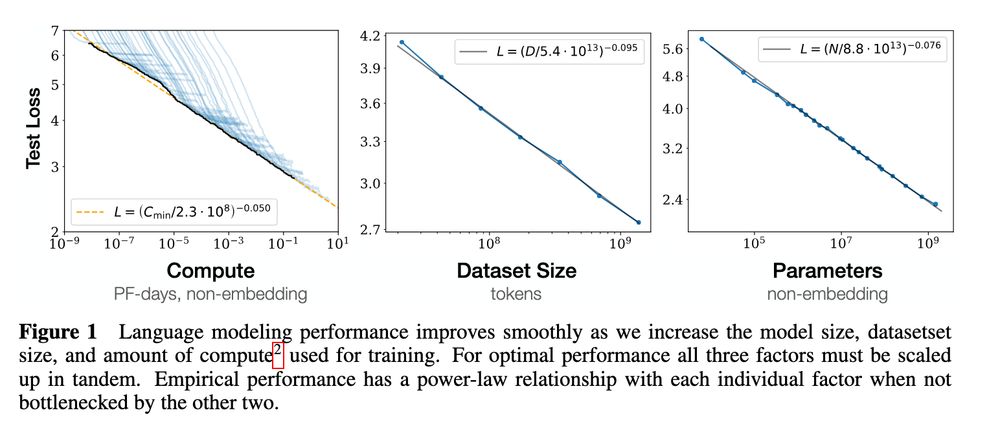
1/11 Excited to share our @Naturestudy led by @leonooi.bsky.social @csabaorban.bsky.social @shaoshiz.bsky.social
AI performance is known to scale with logarithm of sample size (Kaplan 2020), but in many domains, sample size can be # participants or # measurements...
doi.org/10.1038/s415...
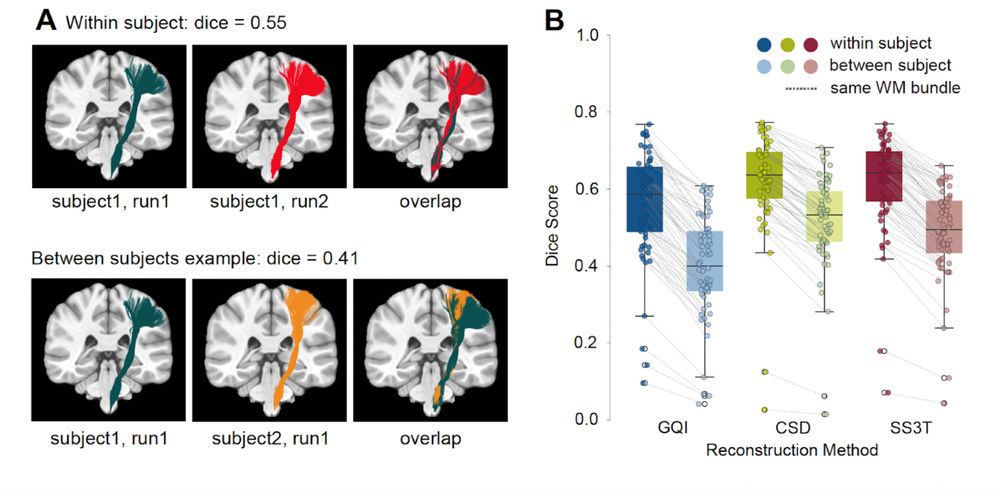
Amelie Rauland (all star via IRTG student w/ @sbe.bsky.social ) will be presenting "Benchmarking Reconstruction Methods for Bundle Segmentation in Single-Shell dMRI" on Friday and Saturday, Poster #1283
25.06.2025 07:24 — 👍 11 🔁 3 💬 1 📌 1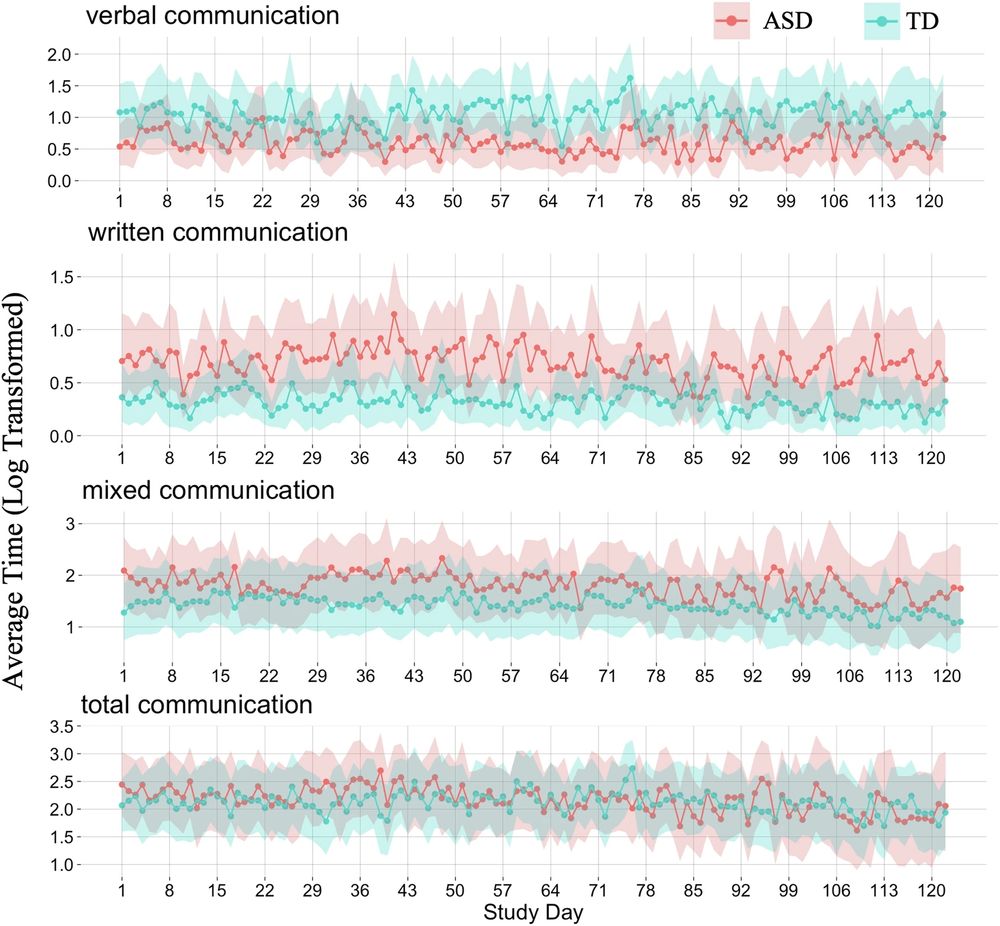
Mehrere Liniendiagramme, die die durchschnittliche tägliche Nutzungsdauer von Smartphones in verschiedenen Kommunikationskategorien zeigen. In Türkis sind jeweils die Daten der Kontrollgruppe mit typischer neurologischer Entwicklung (TD) abgebildet, und in rosa die Daten der Erwachsenen mit Autismus-Spektrum-Störung (ASD). In der Gesamtkommunikation zeigt sich kein Unterschied zwischen den Gruppen (unterste Grafik). Die TD Gruppe nutzt jedoch mehr verbale Kommunikation als die ASD Gruppe (oberste Grafik), während die ASD Gruppe mehr schriftliche Kommunikation nutzt (zweite Grafik).
#ABCD-J #Studienhighlights: Eine kürzlich erschienene Studie zeigt mittels #JTrack Social Unterschiede in Kommunikationsmustern zwischen neurotypischen Erwachsenen und Erwachsenen mit #Autismus-Spektrum-Störung auf. Neugierig geworden? Das ganze Highlight gibt es hier: www.abcd-j.de/de/showcases...
06.06.2025 13:09 — 👍 5 🔁 2 💬 1 📌 0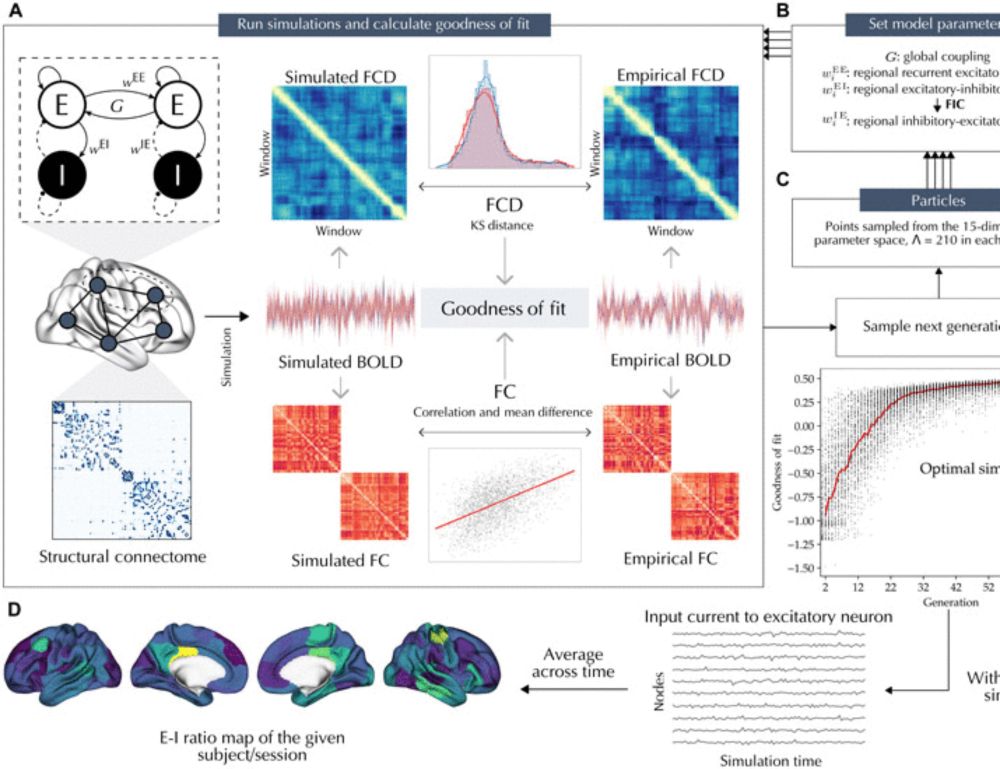
🧠⚖️📉 How does the cortical excitation-inhibition ratio mature during adolescence?
We asked this in our new paper just out in #ScienceAdvances ✨
“Adolescent maturation of cortical excitation-inhibition ratio based on individualized biophysical network modeling”
📄 www.science.org/doi/full/10....
🧵⤵️
⭐ new paper
Maturation of cortical excitation-inhibition (EI) in adolescence
now in Science Advances 💥
A true tour de force of multimodal MRI, connectomics & GPU-powered 🤖!! biophysical modelling
by hiball superheroes 🦸♂️🦸♀️🦸♂️
@amnsbr.bsky.social @sofievalk.bsky.social @sbe.bsky.social
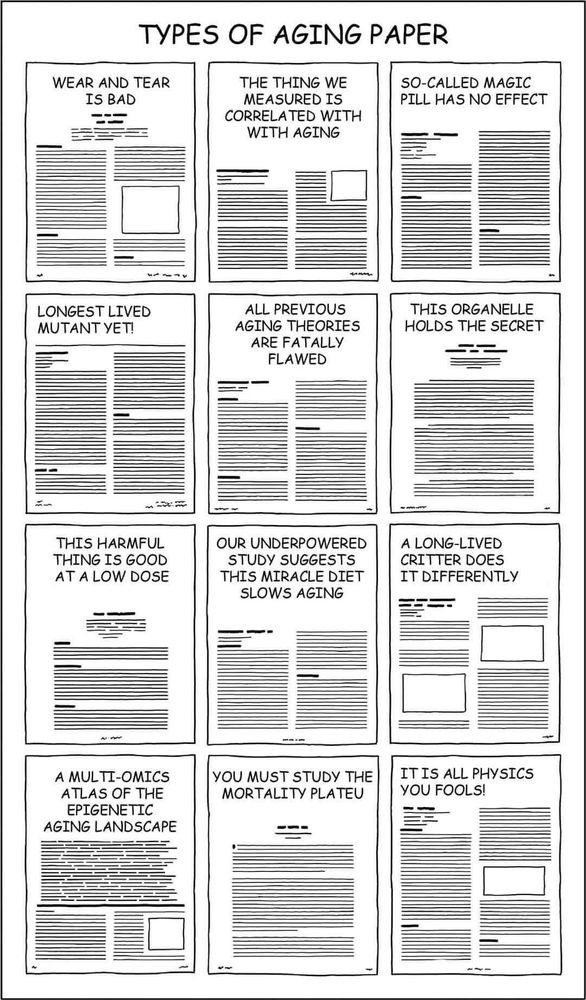 01.05.2025 18:35 — 👍 4 🔁 0 💬 0 📌 0
01.05.2025 18:35 — 👍 4 🔁 0 💬 0 📌 0
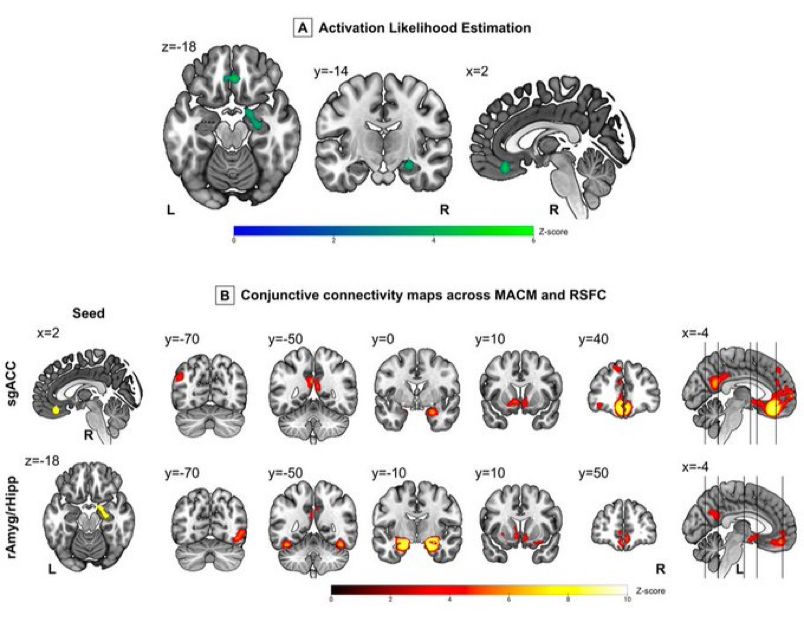
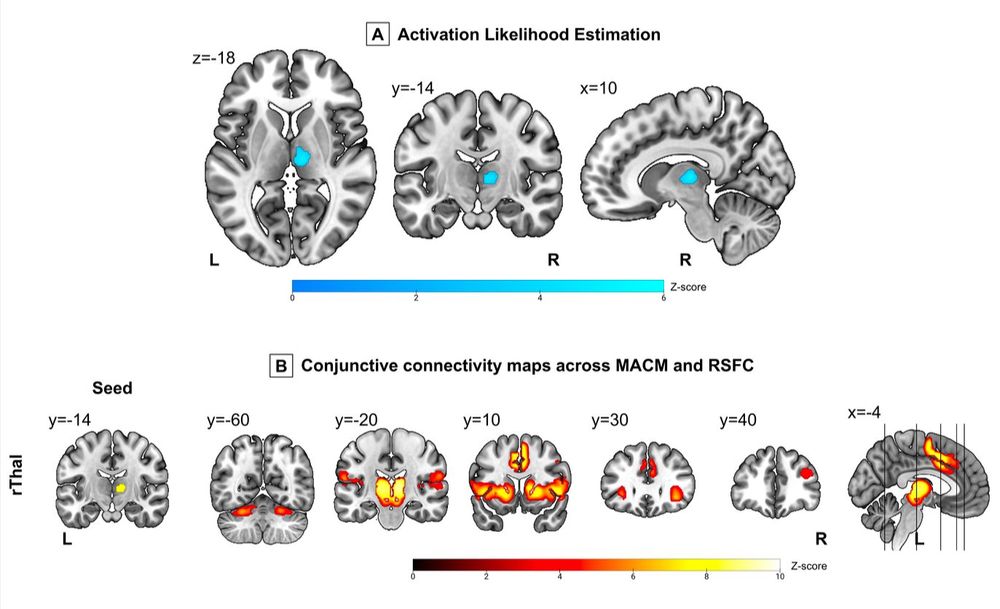
Our #metaanalysis (n = 231) in JAMAPsych reveals consistent brain abnormalities across #sleep disorders involving affective and cognitive hubs in sgACC, amygdala/hippocampus
Short-term sleep deprivation shows a distinct picture, affecting the thalamus
jamanetwork.com/journals/jam...
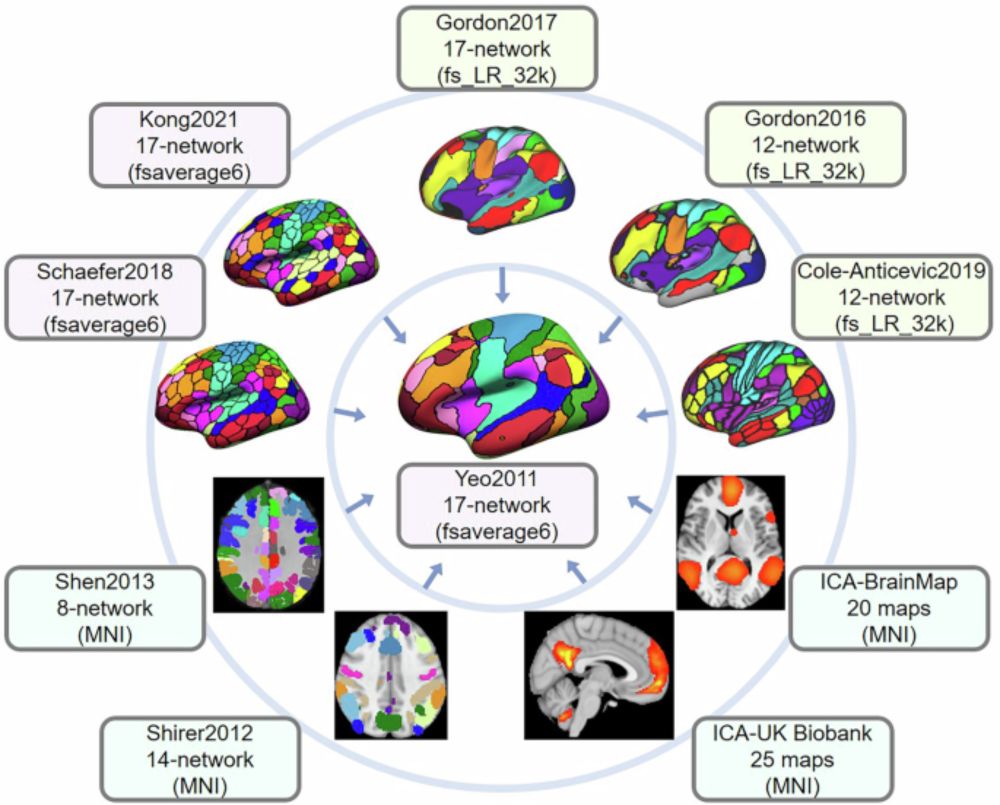
It's finally here! Use the Network Correspondence Toolbox to help contextualize your neuroimaging findings 🧠
26.03.2025 01:54 — 👍 181 🔁 85 💬 11 📌 2
Always thought we should use connectivity blueprints to investigate differences between human, chimpanzee, and macaque brains? www.jneurosci.org/content/earl... For Katherine Bryant’s latest masterpiece.
18.03.2025 07:14 — 👍 17 🔁 10 💬 1 📌 1Analysis Methods: 11:00 – 11:30
Harmonize: Leakage in data harmonization
JuSpace: cross-modal brain map correlation
Applied Concepts: 11:30 – 12:00
Causal modeling for Confounds in ML
Subtypes of major depression
NOW, Join if you're interessted
Topic: DGKN Hackroom 2025 — Tool Talks
Time: Mar 14, 2025 10:30 - 12h
fz-juelich-de.zoom.us/j/6792251876...
Data Management: 10:30 – 11:00
Datalad: GPDR conform collaboration
Jtrack: remote wearable assessment
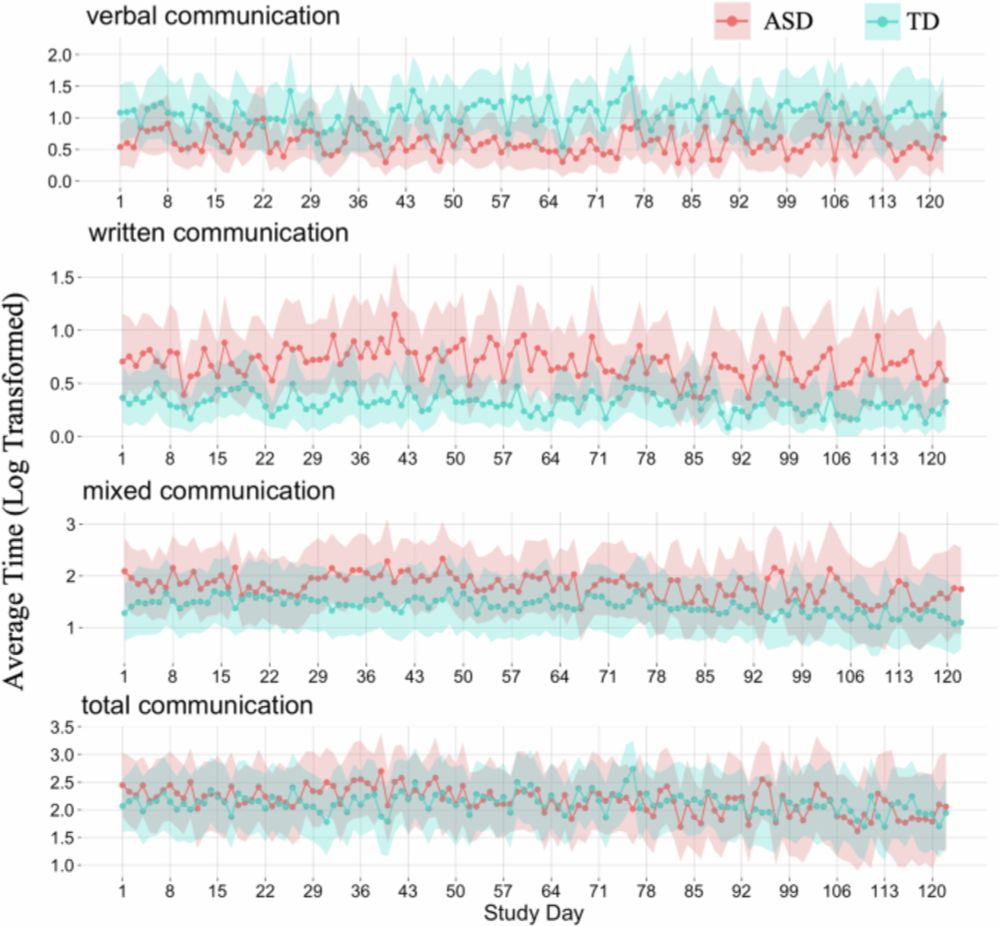
Now out in NPJ Digital Medicine our manuscript on real-world evidence for altered communication preferences in autism: nature.com/articles/s41...
@sbe.bsky.social
@leoschilbach.bsky.social
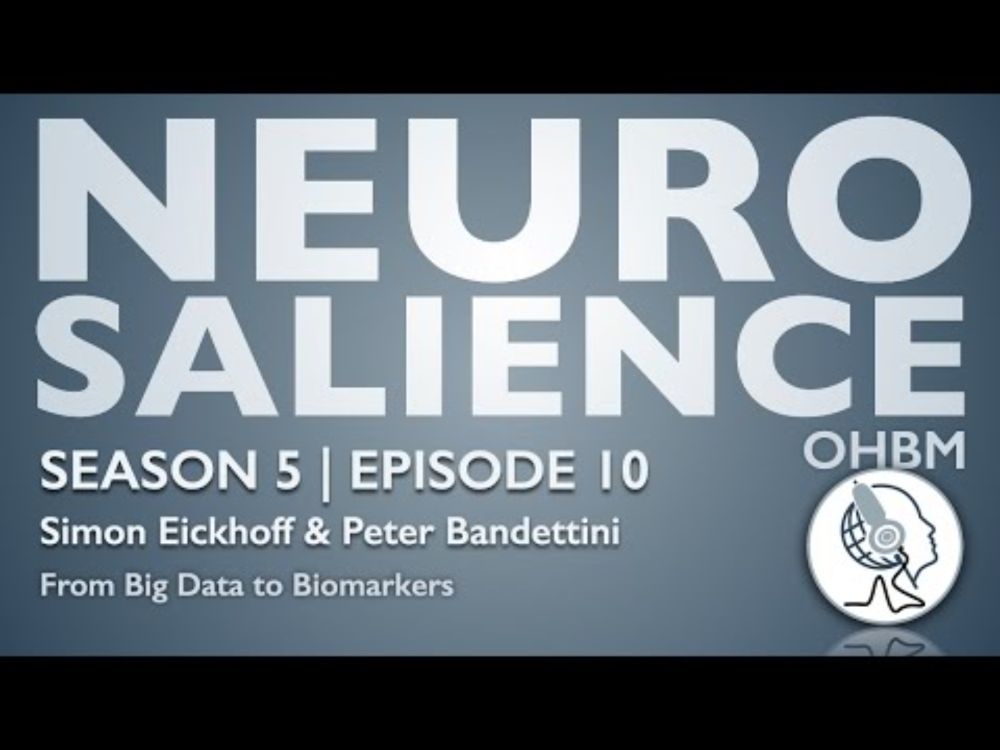
A new #Neurosalience episode is out! 🧠
From Big Data to Biomarkers
with Peter Bandettini @fmri-today.bsky.social and Simon Eickhoff @sbe.bsky.social
youtu.be/z91SiENsgF8
Dazu integrieren wir – das Institut für Neurowissenschaften und Medizin: Gehirn und Verhalten (INM-7) @fz-juelich.de, und unsere klinischen Partner an den Unikliniken Aachen, Bonn, Köln, und Düsseldorf – verschiedene technische Lösungen zu einer digitalen Plattform und vernetzen uns.
04.03.2025 16:46 — 👍 5 🔁 1 💬 0 📌 0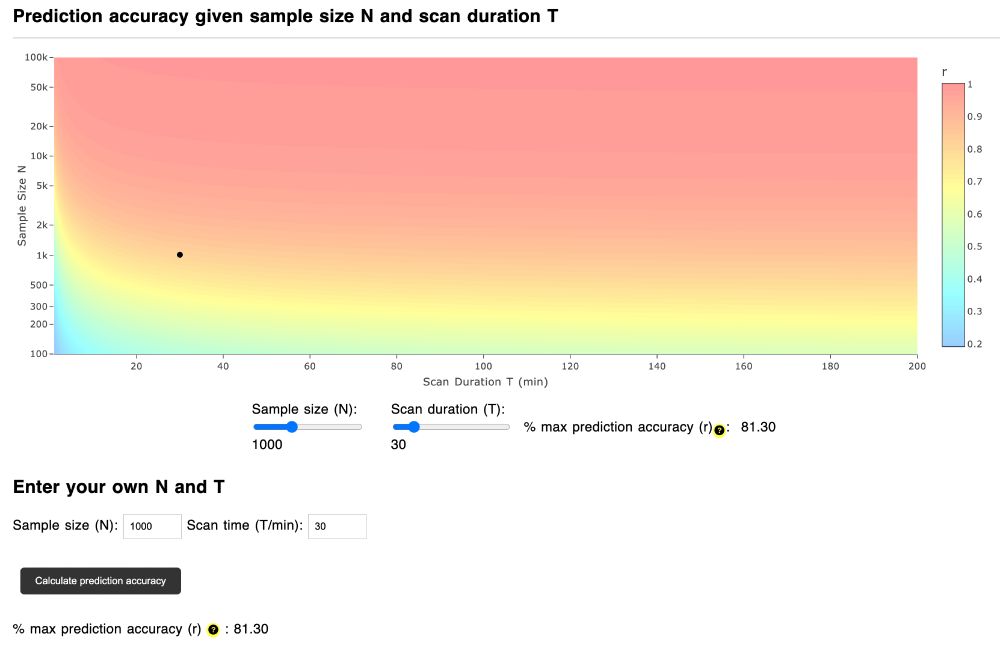
Thanks to everyone's feedback, we have updated our calculator to optimize sample size N & scan time T for fMRI studies: leonoqr.github.io/ORSP_Calcula...
The first new feature is that users can explore how different N & T leads to different accuracy, e.g., N=1000 & T=30min => 81% max accuracy. 🧵
Fully agreed. This adds another layer of complexity
We likely need to differentiate three aspects here
- "True" changes of the trait
- State-changes due to, e.g., sleep
- Measurement error
All three can and will superimpose
In my view, the take-home message is slightly different from the BWAS paper. The latter argued you need large N.
This paper shows that if your target is unreliable, even very large numbers can’t save you
Also, association vs prediction
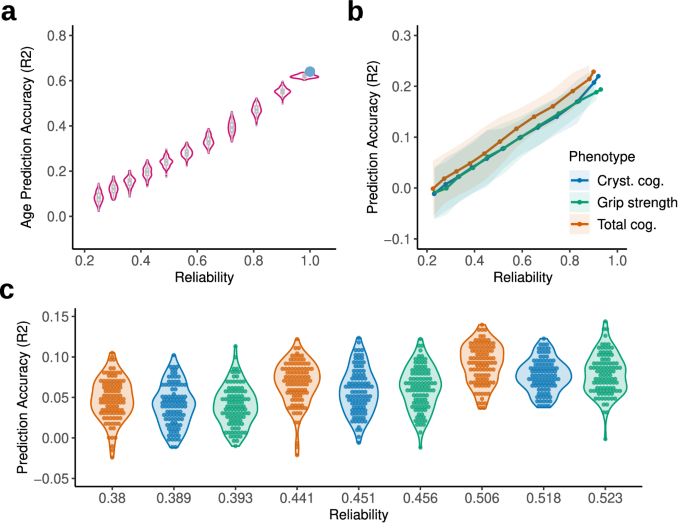
The limiting factor for MRI based prediction of behavioral traits may be neither the imaging nor the pipeline or learning algorith but rather the reliability of the target phenotypes
Thought provoking work my Martin Gell et al:
www.nature.com/articles/s41...
This is what happens if preprints are treated as „scientific literature“
Don’t get me wrong, I am all for preprinting. But unfortunately, it is often ignored that anybody can preprint anything
We created a #neuroinformagical (obvs) starter pack! Let us know who else to add!
#openscience #datasharing #neuroskyence 🧪
go.bsky.app/LRqnaMP
woo hoo - fantastic new work from @wanb.bsky.social @sofievalk.bsky.social @sbe.bsky.social & many more on microstructural asymmetry now out in Nature Comms ⤵️
25.11.2024 13:34 — 👍 14 🔁 2 💬 0 📌 0Love the started-packs.
What seems really missing yet is „machine-learning in Neuroimaging / brain medicine“ 🧠
If you work in that (or a related) field introduce yourself below. I will put together the list
Please share widely to reach all newcomers 🙏🏽
Looked into BlueSky a while ago… really empty at that time
X becoming useless for interesting reads and discussions on science send me in a social-media hiatus
Back now and excited about things to come